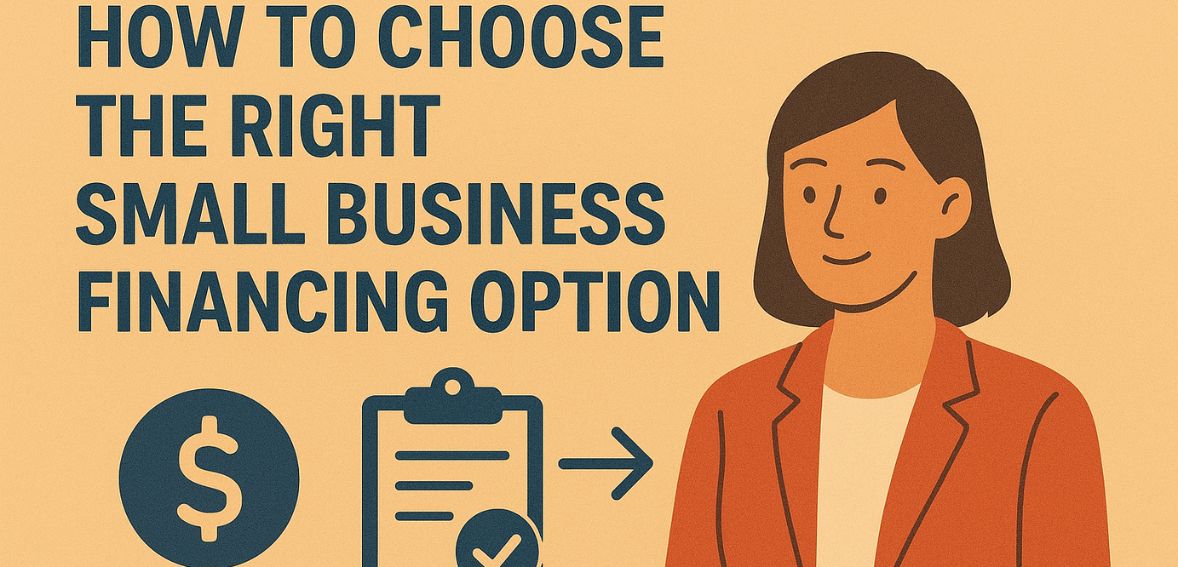
How to Choose the Right Small Business Financing Option (LOC, MCA, Term Loan, or SBA)
One of the most important duties of managing a small business is making sure you have adequate capital to expand, stabilize, and overcome obstacles. There may come a time when you...
View Details
Business Line of Credit vs. Merchant Cash Advances
Every business encounter cash flow problems, regardless of their size. Whether you found yourself needing to cover payroll while business was slow, stocking up on seasonal invento...
View Details